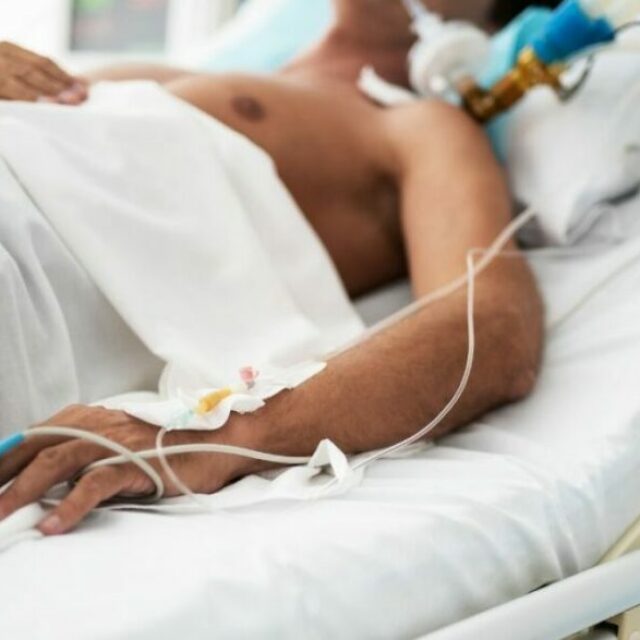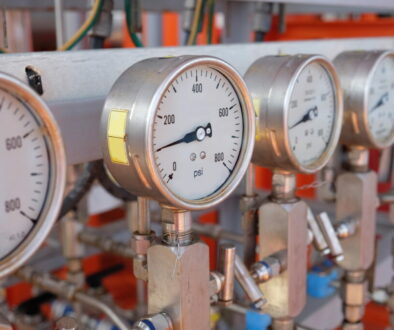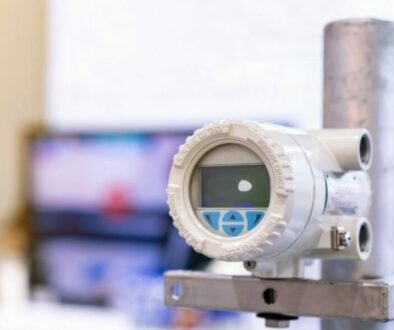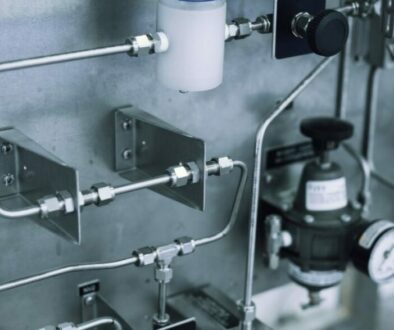Care Essentials for Ventilator Patients
In a variety of settings, nurses are becoming more likely to care for patients on mechanical ventilators. This is because patients on a mechanical ventilator have special needs that nurses must attend to. While this is not typical for a nurse, the role now further expands into that of a technician due to advances in medical technology. Part of the everyday work life of modern nurses is to know how machines work and how to operate them and make minor repairs. This often involves people with ventilators—here we discuss some of the care essentials for ventilator patients.
Review Communications
Depending on the illness of the patient, they will likely have a diverse group of caregivers, such as a primary care physician, pulmonary specialists, respiratory therapists, and nurses. As such, good communication between the caregivers and the medical team is important for the health of the patient. That’s why everyone should review the daily report on the patient. This will have the necessary information about the patient, what the care plan is, and the goals of the therapy. Everyone that sees the patient will make their own notes on the chart, so reviewing the chart is essential.
Check the Ventilator Settings
Checking the settings of the ventilator is as important as checking the patient’s vitals. When a nurse enters a patient’s room, they will first check the vital signs of the patient, listen to their breathing, and check the oxygen saturation. They should also note any changes based on previous findings. After reading the patient’s order, a medical professional should check the ventilator settings to ensure they suit the patient’s current situation. it’s important to be familiar with the alarms, what sounds they make, and what to do when one sounds off. Most ventilators display ordered settings, patient parameters, and have electronic airflow meters that help monitor and adjust settings when necessary. The following are the top things to check for first:
- Respiratory rate – The number of breaths the ventilator provides per minute. Manually count the number of breaths because the patient may breathe on their own, making the rate higher.
- The fraction of inspired oxygen – Expressed as a fraction. It’s important to note room air is 21% oxygen.
- Tidal volume – The volume of air inhaled with each breath.
- Peak inspiratory pressure (PIP) – The pressure needed to provide each breath.
Administer Appropriate Suction
Patients that receive positive pressure mechanical ventilation will have either a tracheostomy, endotracheal, or nasotracheal tube. In the beginning, most patients will have an endotracheal tube and then move on to a full tracheotomy if they are on the ventilator for weeks. Medical professionals will base this decision on the patient’s needs and their condition. Every facility has its own guidelines for suctioning a patient, but there are general guidelines they must follow. This includes:
- Suction only as needed.
- Hyper oxygenate the patient before and after suctioning to prevent oxygen desaturation.
- Don’t instill normal saline solution into the tube in an attempt to promote secretion removal.
- Limit the suctioning pressure to the lowest level needed to remove secretions.
- Suction for the shortest amount of time necessary.
Prevent Infection
Ventilator-associated pneumonia (VAP) is a major problem associated with mechanical ventilation. Patients on ventilators for long periods may contract pneumonia, which can further complicate their care. A lot of research and debate has gone into combating this problem. As such, there are preventative steps to use for preventing VAP.
Hygienic practices can reduce the number of bacteria on the patient. For example, keeping bacteria out of oral secretions help reduce the risk of VAP. This includes brushing the patient’s teeth twice a day and applying oral moisturizers every two to four hours. Physical motion and movement, such as extubating the patient quickly, performing a range of motion exercises, and patient turning and positioning, will prevent a catabolic state and reduce the risk of VAP. Even in a motionless state, the patients need to move. Further, proper nutrition can stave off infections and illnesses. Additionally, a major tool in the fight against VAP is an endotracheal tube with a suction lumen above the endotracheal cuff. This allows for continuous suctioning of secretions that accumulate in the subglottic area.
Prevent Hemodynamic Instability
Hemodynamic instability means that there isn’t enough pressure in the circulatory system to keep blood flowing. The pressure drops to a level so low that the blood can’t get to all parts of the body. Mechanical ventilation causes thoracic cavity pressure to increase inspiration, which in turn puts pressure on blood vessels and can reduce blood flow to the heart. As a result, it is important to monitor the blood pressure of patients on a ventilator every two to four hours because it can drop significantly. However, increasing IV fluids or administering drugs such as dopamine or norepinephrine will restore stability. Further, monitoring becomes even more important after adjusting or changing the machine settings.
Manage the Airway
Keeping the patient’s tube and mouth clean and free of obstructions will ensure they get the air they need. Perform mouth care twice a day at a minimum. During mouth care, you need to brush the patient’s teeth, gums, and tongue with a soft pediatric toothbrush. You should also check to see if the patient needs more suctioning during mouth care. If they do, use a tonsil suction device. Additionally, proper cuff inflation of the endotracheal tube is important for airway management. The cuff provides airway occlusion and ensures the patient gets the proper ventilator parameters, such as airflow and oxygenation. It’s is important to note, however, high cuff inflation can cause tracheal irritation and damage. If the pressure is too high, you can adjust it by slowly leaking air out until it gets to the appropriate level.
Meet Nutritional Needs
The human body never stops needing nutrition. Even bedridden individuals in a vegetative state need proper nutrition to stay alive and ensure their bodies can heal. To continue battling their illness, ventilator patients need the proper nourishment and should start taking it immediately. Since they can’t feed themselves and can’t swallow, an alternate nutrition route is necessary. Feeding tubes are the preferred method for feeding ventilator patients. Medical professionals will insert a tube directly into the stomach of the patient to feed them nutrient-rich liquids. While necessary, feeding tubes leave the patient susceptible to infection around the point of insertion. Extra precautions and care are necessary to keep the area clean, so infections don’t develop.




